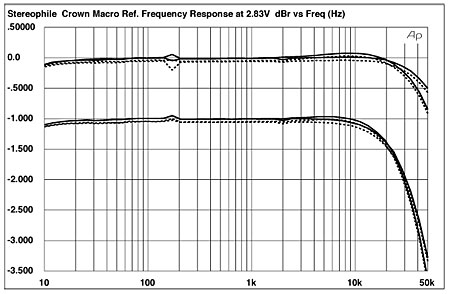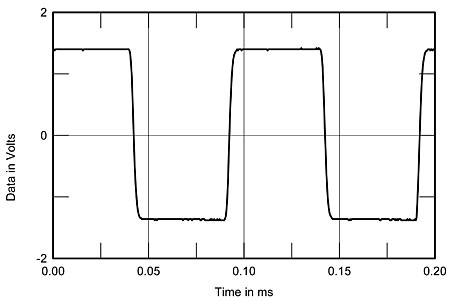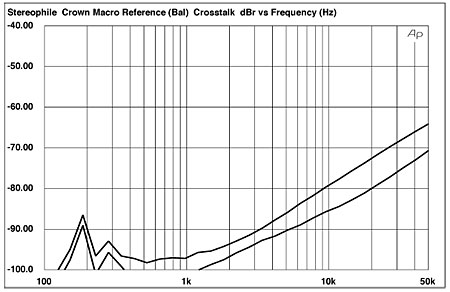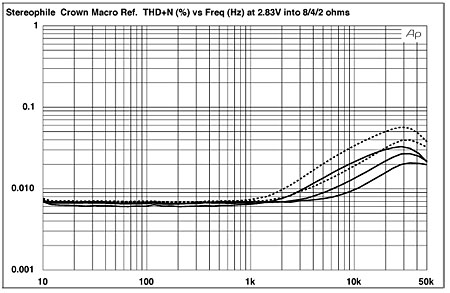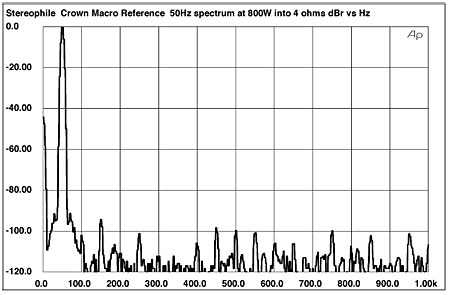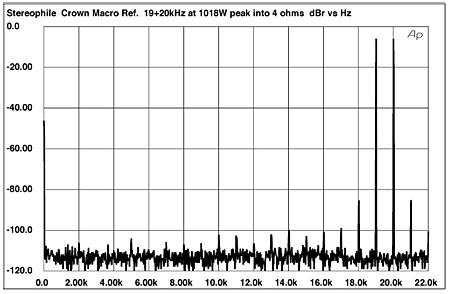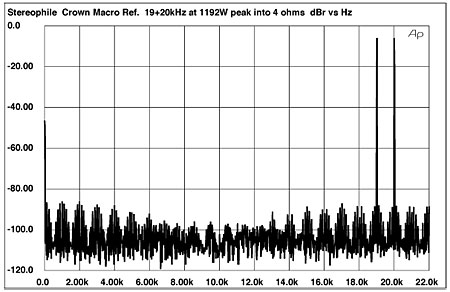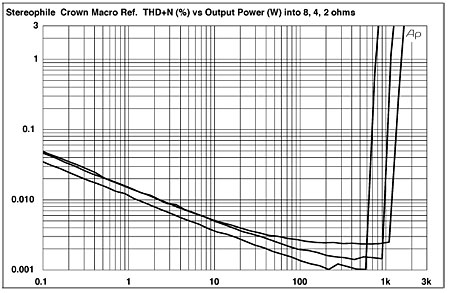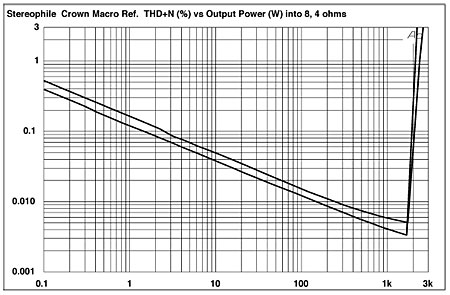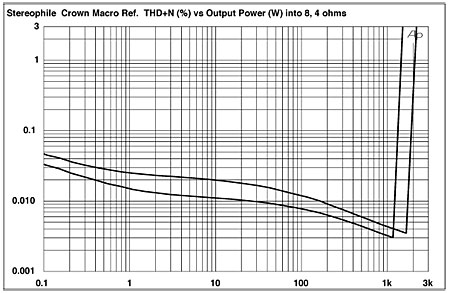| Columns Retired Columns & Blogs |
First, Sam and Lars found the Amp an excellent and powerful audio value and later the bassoon player says that "there's no music in it"? Ha! What a bunch of bullshit! I don't conceive how's that possible, but of course; this amp's price is not $30,000. That's why...At the end it all depends on your system, acoustics, ancillary equipment and your prejudices. No "high flying" audiophile would find a Crown worthy of anything,so, why bother? Ha,ha,ha!
